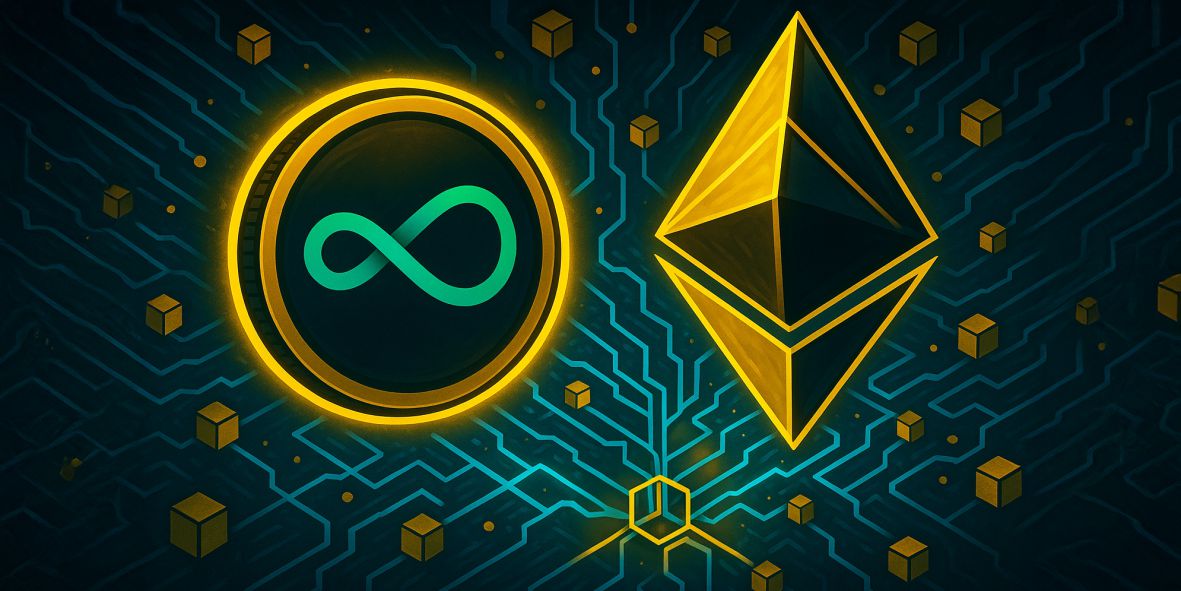Key Takeaways:
- OBOL token enables governance and coordination for decentralized validators (DVs), reducing single points of failure.
- Over 800 node operators now secure $1B in ETH via Obol’s Distributed Validator Technology (DVT).
- Ethereum’s EIP-7251 upgrade slashes institutional staking costs by 80%, boosting Obol’s utility.
Obol’s OBOL Token: A New Era for Ethereum Validators
Obol Network, a pioneer in decentralized Ethereum staking infrastructure, has launched its OBOL token, empowering a global network of node operators to govern and coordinate validator clusters. With 800+ operators securing $1B in ETH for protocols like Lido and EtherFi, OBOL aims to combat centralization risks plaguing Ethereum’s $7B staking economy, as stated in their official X account.
How Obol’s Distributed Validators Work
Obol’s Distributed Validator Technology (DVT) allows multiple independent nodes to collectively manage a single Ethereum validator. This setup eliminates reliance on centralized entities by:
- Splitting private keys across operators, preventing single-point failures.
- Maintaining 97.23% Rated Validator Effectiveness Rating (RAVER) score, outperforming rivals like Shared Staking Validators (SSV).
- Enabling protocols like EtherFi to expand operators from 10 to 100, securing $499M in ETH.
The OBOL token demonstrates that it’s not just governance, it’s a coordination engine for securing Ethereum’s future.
EIP-7251: A Catalyst for Institutional Adoption
The recent Pectra upgrade introduced EIP-7251, raising Ethereum’s validator stake limit from 32 ETH to 2,048 ETH. For institutions, this means:
- 80% lower operational costs by consolidating validators.
- Reduced geographic and regulatory risks via Obol’s decentralized clusters.
Between lines, this aligns with Obol’s mission: EIP-7251 removes barriers for large stakers while preserving decentralization.
OBOL Token Mechanics: Governance Meets Utility
OBOL holders can:
- Stake tokens for liquid staking derivatives (LSDs) usable in DeFi.
- Vote on protocol upgrades and retroactive funding for node operators.
- Participate in governance of Obol’s growing ecosystem.
The token’s launch follows Obol’s integration with Binance, signaling institutional confidence in its decentralized infrastructure.
Why This Matters for Ethereum’s Future
Centralization remains Ethereum’s Achilles’ heel. Just 5 entities control over 60% of staked ETH, per Dune Analytics. Obol’s DVT framework, powered by OBOL, redistributes this control to a global network, from solo home stakers to Bitcoin Suisse.
However, challenges persist. OBOL’s success hinges on adoption beyond early partners like Lido, which expanded its operators from 36 to 200 using OBOL.
Will OBOL Cement Ethereum’s Decentralization?
Obol’s token launch arrives at a pivotal moment. As institutions flock to Ethereum post-EIP-7251, OBOL offers a blueprint to balance scale with decentralization. Yet, with rivals like SSV Network vying for market share, Obol must prove its governance model can sustain growth without compromising resilience.
Can OBOL become the backbone of Ethereum’s validator ecosystem? For now, the network’s 97.23% effectiveness score suggests it’s on the right track.







